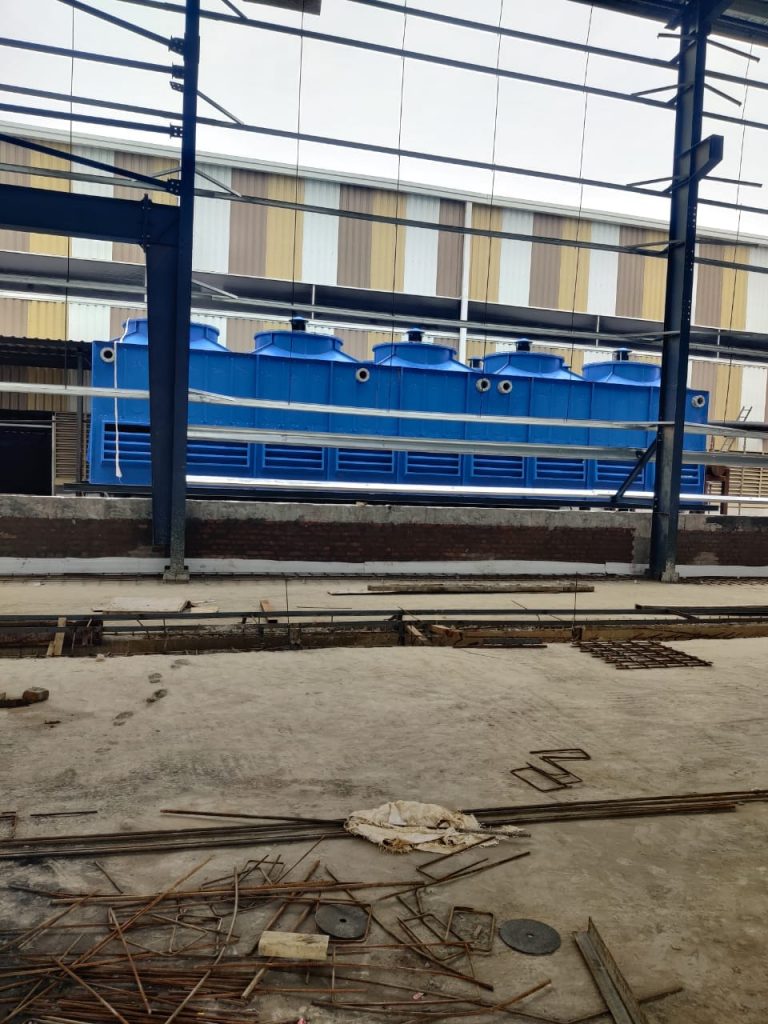Wooden Splash Bars in Cooling Towers
Wooden splash bars are a traditional type of splash packing (fill media) used in crossflow cooling towers. Made from chemically treated hardwood, they break hot water into droplets to enhance air-water contact for efficient cooling.
Key Features of Wooden Splash Bars
- Treated hardwood (e.g., redwood, cedar, or fir) resistant to rot, fungi, and water damage.
- Preservative-treated (e.g., chromated copper arsenate – CCA) for longevity.
- Rectangular or trapezoidal wooden slats arranged in staggered layers.
- Open structure allows high airflow with low clogging risk.
- Lasts 10–20 years with proper maintenance.
- Gradually replaced by PVC/PP splash fills in modern towers.
How Wooden Splash Bars Work
- Hot water is distributed over the top of the splash bars.
- Water droplets form as flow breaks over each wooden slat.
- Cooling air passes horizontally (crossflow), absorbing heat.
- Chilled water collects in the basin for recirculation.
Advantages
Disadvantages
Applications
- Old industrial cooling towers (e.g., power plants, mills).
- Low-budget projects where plastic fills are unaffordable.
- Dirty water cooling (e.g., river water with high solids).
Maintenance Tips
- Annual Inspections – Check for rot, cracks, or biofilm buildup.
- Pressure Washing – Removes scale and debris.
- Replacement – Swap damaged bars to maintain efficiency.
